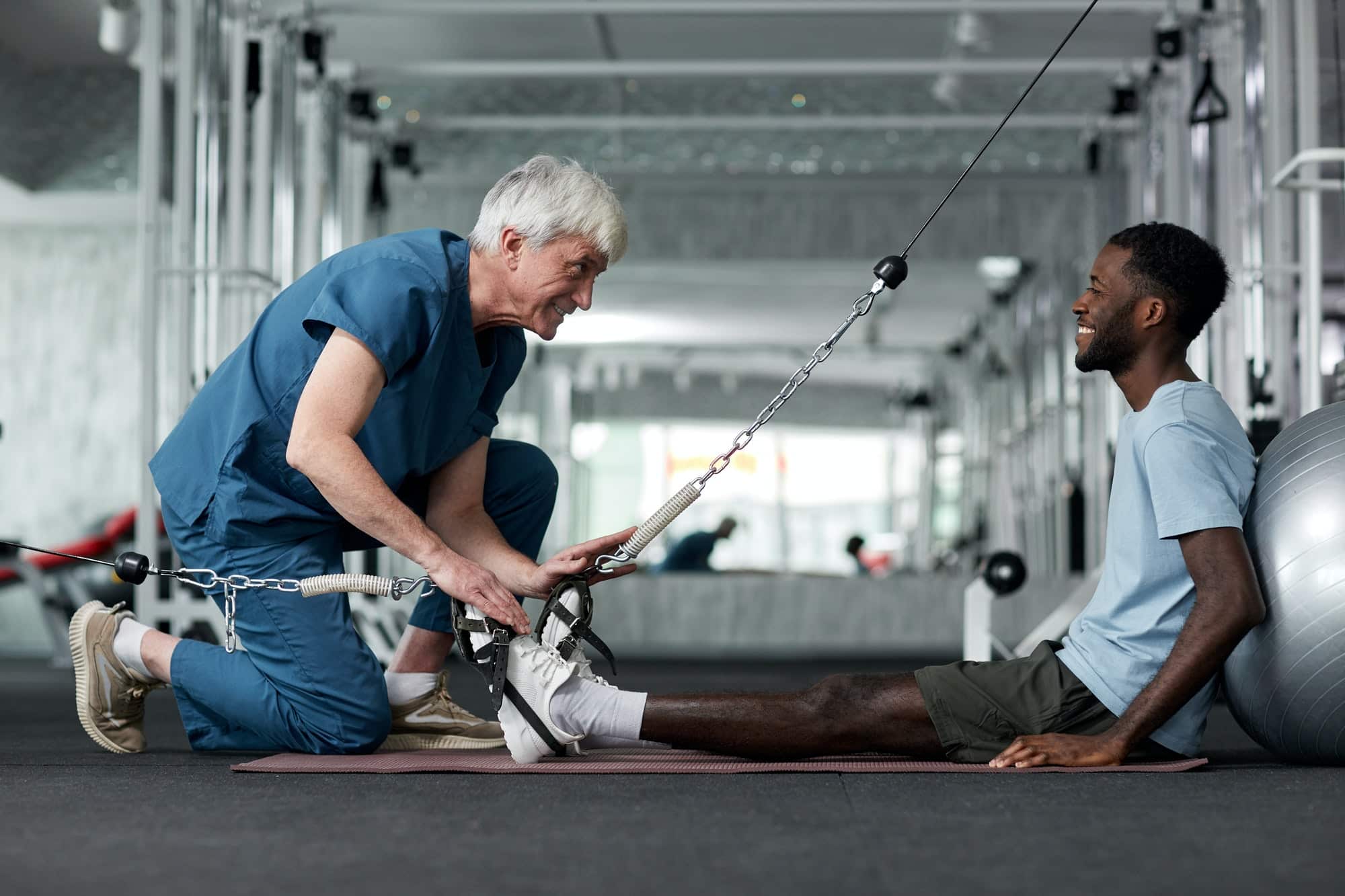How to Rehabilitate a Dog with a Fear of Car Rides After a Traumatic Experience?

You’re driving along, excited for the journey ahead, when suddenly your furry friend in the backseat starts whimpering, barking, or even vomiting. This is a telltale sign that your faithful canine companion is suffering from fear or anxiety related to car rides. This condition is not uncommon, especially if your pet has had a traumatic experience in a vehicle.
But don’t worry. With patience, love, and a systematic approach, you can help your dog overcome this fear. This article will walk you through the steps to rehabilitate an anxious pet and make car rides enjoyable again for both you and your four-legged friend.
Dans le meme genre : What Are the Best Low-Calorie Treat Options for Overweight Parrots?
Understanding Your Pet’s Fear
The first step in managing your dog’s car anxiety is understanding why they fear car rides. Dogs, much like humans, can develop fears and phobias from traumatic experiences. This could be a scary trip to the veterinary, being in a car during a loud storm, or an unpleasant car ride.
Recognizing signs of fear and anxiety in dogs is crucial. Symptoms can range from excessive drooling, panting, trembling, pacing, or even aggression. If you notice any of these behaviors, it’s safe to say your pet is feeling discomfort.
Dans le meme genre : Which Small Rodents Make the Best Companions for Gentle Children?
Dogs can also develop car anxiety due to motion sickness. This health-related issue can make car rides an unpleasant experience for your pet, leading to fear and anxiety in the future. Unlike the fear of a traumatic experience, motion sickness is a physical condition that requires veterinary intervention.
Gradual Exposure
Once you’ve identified the fear in your pet, the next step is to address it. One of the most effective methods is gradual exposure or desensitization. This involves exposing your dog to the thing they fear – in this case, car rides – in a controlled and gradual manner.
Start by acclimating your dog to the parked car. Let them sniff around and explore the vehicle while it’s stationary. Reward them with treats or praise for showing bravery. Once they seem comfortable around the parked car, encourage them to jump in. Again, reward bravery with treats or praise.
Next, start the car but don’t move. Let the dog get used to the sound and vibration of the engine. This might be where you notice signs of anxiety. Remain calm and patient, reassuring your pet that they are safe.
Behavioral Training
Once your dog is comfortable being in the stationary car, the next step is to incorporate behavioral training techniques. The goal is to create a positive association with the car.
Start with short, low-stress trips. Drive to the end of the driveway or around the block. Reward your dog for successful trips. Remember, it’s not the destination that matters, but the journey.
Do your best to make each trip as pleasant as possible. This could include bringing along your dog’s favorite toy or blanket, or playing calm music to soothe your pet.
Professional Help
While these methods can be highly effective, do not hesitate to seek professional help if necessary. Animal behaviorists and veterinarians have specialized training and can offer additional strategies and treatments to help your pet overcome their fear.
There are also medications available that can help alleviate your dog’s anxiety. However, medication should be seen as a last resort and always be used under the guidance of a veterinary professional.
Health Considerations
Lastly, keep in mind that sudden behavioral changes in pets can often be an indicator of underlying health issues. If your dog suddenly develops a fear of car rides, it’s essential to rule out any health problems. This could be anything from a urinary tract infection, which makes sitting uncomfortable, to poisoning.
Remember, the key to success in rehabilitating a dog with a fear of car rides is patience and understanding. It might take some time, but with consistent effort and lots of love, you can help your pet overcome their fear and make car rides an enjoyable experience again.
Utilizing Body Language and Reinforcement Techniques
Understanding your dog’s body language is crucial in behavioral modification techniques. Dogs communicate their feelings largely through their body language. Signs of fear or anxiety may include flattened ears, tucked tail, trembling, or a cowering body posture.
When your dog shows signs of distress during the training process, it’s your role to reassure them. Maintain calm and assertive energy, offering positive reinforcements like treats, verbal praises and petting. The idea is to communicate to your dog that car rides are safe and can even be enjoyable.
Start with very short rides, perhaps just around the driveway, and gradually extend the length as your dog becomes more comfortable. Always remember to reward your dog after each successful car ride. It’s about creating a positive association with being in the car, so each ride should end on a positive note.
Try to incorporate some of their favorite things into the car rides. This could range from their favorite toys, comfort blankets, or even their favorite music. Remember, the goal is to make the car ride a low-stress experience.
Ensuring Regular Veterinary Check-ups
Regular veterinary check-ups are crucial, not just for diagnosing and treating any physical ailments like infections or diseases that might be the root cause of your dog’s fear, but also for receiving expert advice on how to handle behavioral issues. Conditions like a urinary tract infection, Cushing syndrome, or tumors in dogs can make sitting uncomfortable, which can contribute to anxiety during car rides.
A vet can also identify if your pet has motion sickness, which is a common reason why many pets develop a fear of car rides. Your vet can prescribe medication to help manage motion sickness in dogs, making car rides much more comfortable for your pet.
In extreme cases, your vet might recommend prescription medications that can help manage your dog’s anxiety. Remember, these medications should always be used under the guidance of a professional and as a last resort.
Conclusion
Helping a dog overcome a fear of car rides after a traumatic experience can be a challenging but rewarding endeavor. It’s all about patience, understanding and consistent behavior modification efforts. By understanding your pet’s fear, gradually exposing them to car rides, using positive reinforcement techniques, and ensuring regular veterinary check-ups, you can make car rides an enjoyable experience for your pet once again.
Remember, your pet is not being difficult or stubborn. They are reacting based on their past experiences and emotions. Dogs are our best friends, they trust us and look to us for reassurance and safety. Be there for your dog, reassure them, and sooner or later, you’ll both look forward to those car rides once again.
